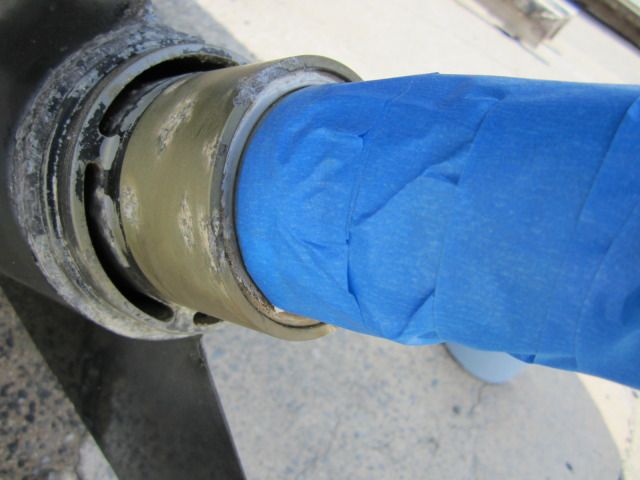This posting is more for Mercury (assuming they read boating message boards) than anything else.
In my opinion, when the Mercathode system is not working properly because of a component failure such as the Mercathode control box or the transom unit or (in my case) the additional mercathode pucks I added to my transom, then the ECU should be able to detect this and report the failure to the owner thru the Smartcraft system. Today the only way you can determine the system is or is not functioning today is to buy a tester like this http://www.mercurypartsexpress.com/us/index.php?target=products&product_id=217965 And if you don't have one of these units and use it regularly then you will never know if your system is working correctly. And just because you test it and think it is OK, there is no guarantee that something might fail the next day and you wouldn't be aware of it until you tested again.
I don't have a tester but I do ask my dealer to check mine at least once a year. The last time they checked it, it was "within spec" but it showed a much lower reading on the port side. When my boat was out of the water for it's spring clean up. I was appalled by the corrosion on the drive. When I pulled my props, the bearing carrier was also severely corroded.
![Image]()
The port transom anode was overgrown with growth........ a sure sign it had failed (but who knows when :smt021). I had the dealer replace the anode and I sanded and painted the drive. But the net result of this failure is my bearing carrier has suffered some serious corrosion. Up until this last haul out, I had not had a corrosion problem for almost two years. My point is it should not be a surprise to an owner when he pulls his boat out of the water every six months and discovers corrosion. The Mercathode system should be self checking as far as I am concerned and should be alerting the owner of a problem thru Smartcraft when it occurs.
In my opinion, when the Mercathode system is not working properly because of a component failure such as the Mercathode control box or the transom unit or (in my case) the additional mercathode pucks I added to my transom, then the ECU should be able to detect this and report the failure to the owner thru the Smartcraft system. Today the only way you can determine the system is or is not functioning today is to buy a tester like this http://www.mercurypartsexpress.com/us/index.php?target=products&product_id=217965 And if you don't have one of these units and use it regularly then you will never know if your system is working correctly. And just because you test it and think it is OK, there is no guarantee that something might fail the next day and you wouldn't be aware of it until you tested again.
I don't have a tester but I do ask my dealer to check mine at least once a year. The last time they checked it, it was "within spec" but it showed a much lower reading on the port side. When my boat was out of the water for it's spring clean up. I was appalled by the corrosion on the drive. When I pulled my props, the bearing carrier was also severely corroded.

The port transom anode was overgrown with growth........ a sure sign it had failed (but who knows when :smt021). I had the dealer replace the anode and I sanded and painted the drive. But the net result of this failure is my bearing carrier has suffered some serious corrosion. Up until this last haul out, I had not had a corrosion problem for almost two years. My point is it should not be a surprise to an owner when he pulls his boat out of the water every six months and discovers corrosion. The Mercathode system should be self checking as far as I am concerned and should be alerting the owner of a problem thru Smartcraft when it occurs.





